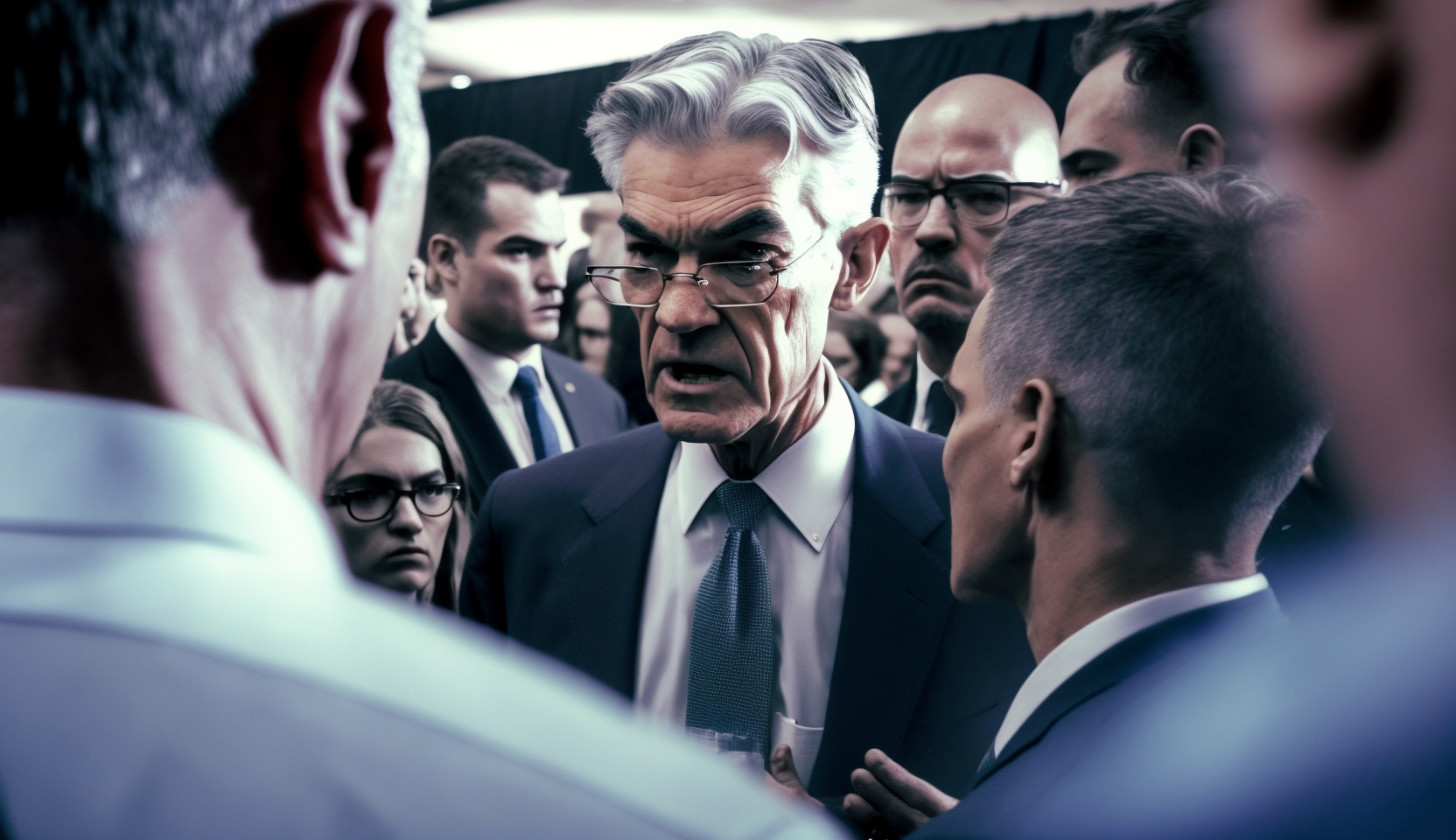In a reality check for investors eagerly anticipating a so-called “pivot” from the Federal Reserve, Chair Jerome Powell firmly pushed back on market expectations for interest rate cuts in the near future. Speaking at a policy forum on U.S.-Canada economic relations, Powell bluntly stated that more progress is needed in bringing down stubbornly high inflation before the central bank can ease up on its aggressive rate hike campaign.
“The recent data have clearly not given us greater confidence, and instead indicate that it’s likely to take longer than expected to achieve that confidence,” Powell said of getting inflation back down to the Fed’s 2% target goal. “That said, we think policy is well positioned to handle the risks that we face.”
The comments represent a hawkish doubling down from the Fed Chair on the need to keep interest rates restrictive until inflation is subdued on a sustained basis. While acknowledging the economy remains fundamentally strong, with solid growth and a robust labor market, Powell made clear those factors are taking a back seat to the central bank’s overarching inflation fight.
“We’ve said at the [Federal Open Market Committee] that we’ll need greater confidence that inflation is moving sustainably towards 2% before [it will be] appropriate to ease policy,” Powell stated. “The recent data have clearly not given us greater confidence and instead indicate that it’s likely to take longer than expected to achieve that confidence.”
The remarks dash any near-term hopes for a rate cut “pivot” from the Fed. As recently as the start of 2024, markets had been pricing in as many as 7 quarter-point rate cuts this year, starting as early as March. But a string of hotter-than-expected inflation reports in recent months has forced traders to recalibrate those overly optimistic expectations.
Now, futures markets are only pricing in 1-2 quarter-point cuts for the remainder of 2024, and not until September at the earliest. Powell’s latest rhetoric suggests even those diminished rate cut bets may prove too aggressive if elevated inflation persists.
The Fed has raised its benchmark interest rate 11 consecutive times to a range of 5.25%-5.5%, the highest in over two decades, trying to crush price pressures not seen since the 1980s. But progress has been frustratingly slow.
Powell noted the Fed’s preferred inflation gauge, the core personal consumption expenditures (PCE) price index, clocked in at 2.8% in February and has been little changed over the last few months. That’s well above the 2% target and not the clear and convincing evidence of a downward trajectory the Powell-led Fed wants to see before contemplating rate cuts.
Despite the tough talk, Powell did reiterate that if inflation starts making faster progress toward the goal, the Fed can be “responsive” and consider easing policy at that point. But he stressed that the resilient economy can handle the current level of rate restriction “for as long as needed” until price pressures abate.
The overarching message is clear – any hopes for an imminent pivot from the Fed and relief from high interest rates are misplaced based on the latest data. Getting inflation under control remains the singular focus for Powell and policymakers. Until they achieve that hard-fought victory, the economy will continue to feel the punishing effects of tight monetary policy. For rate cut optimists, that could mean a longer wait than anticipated.
